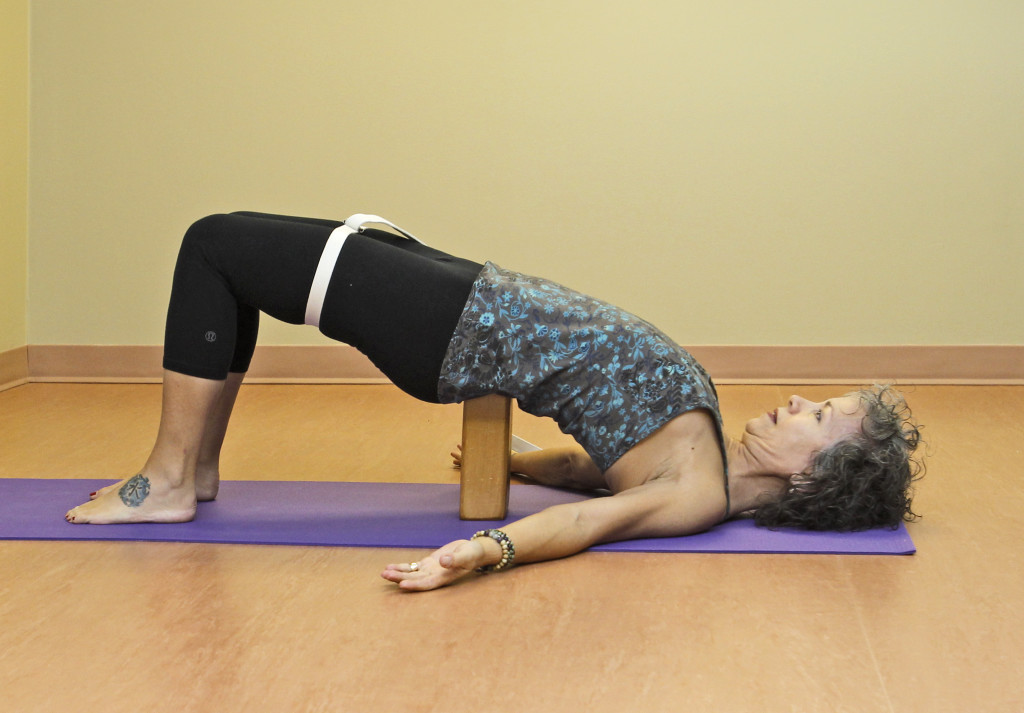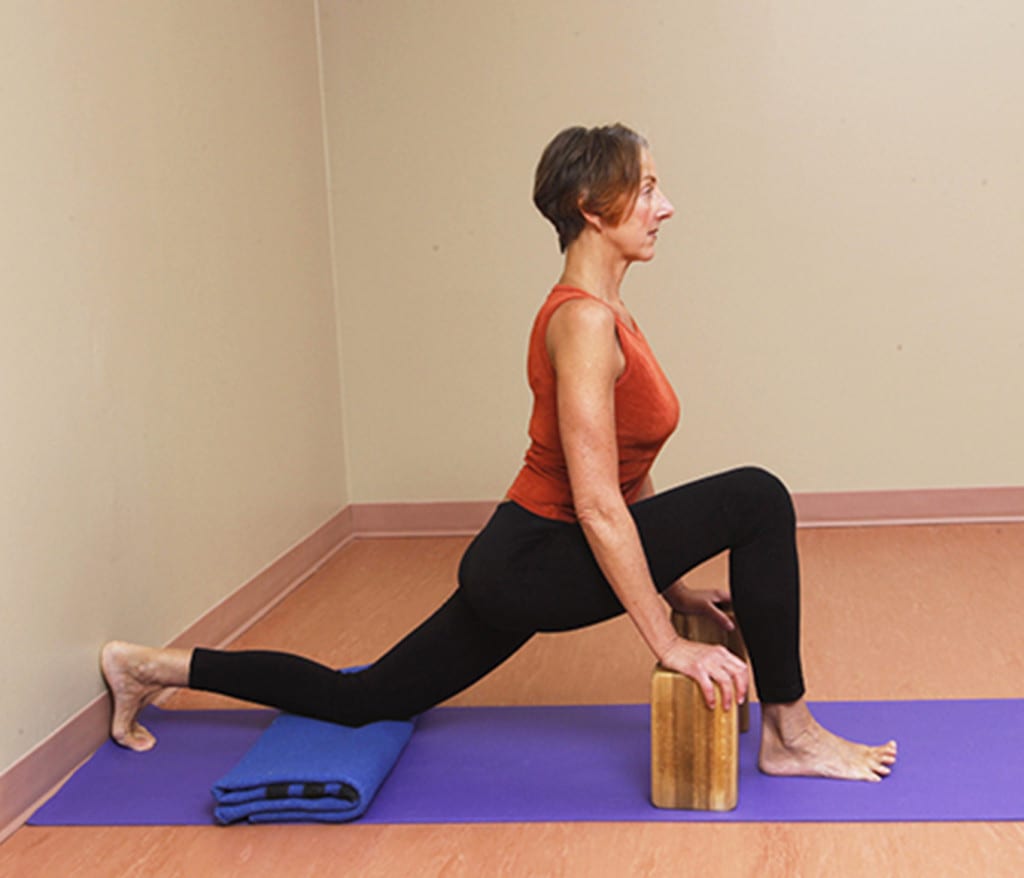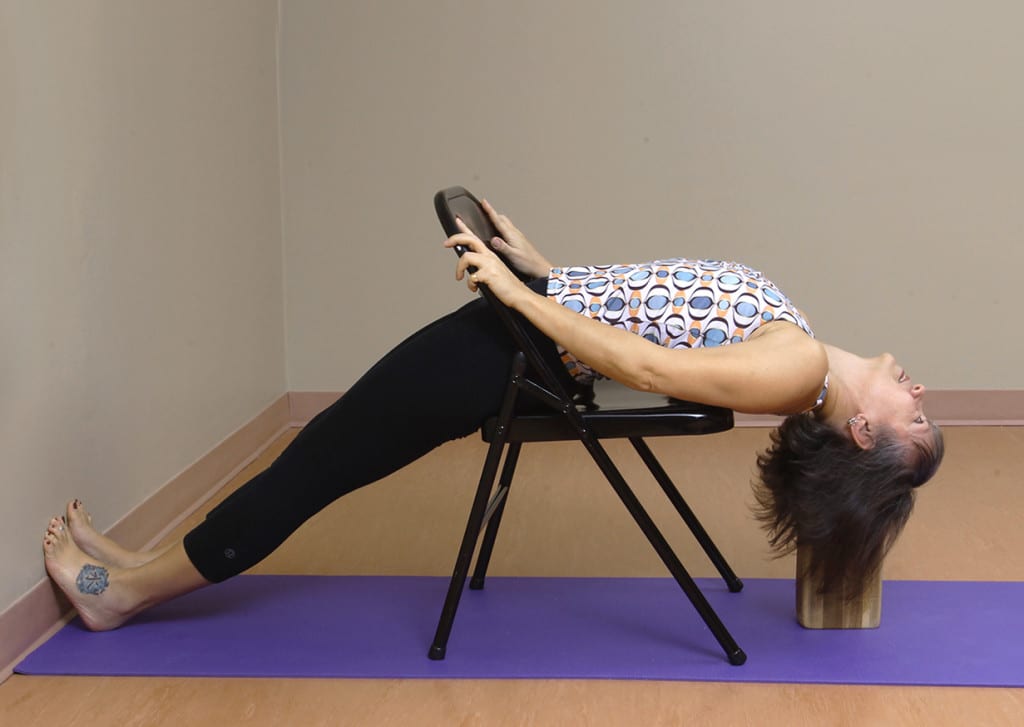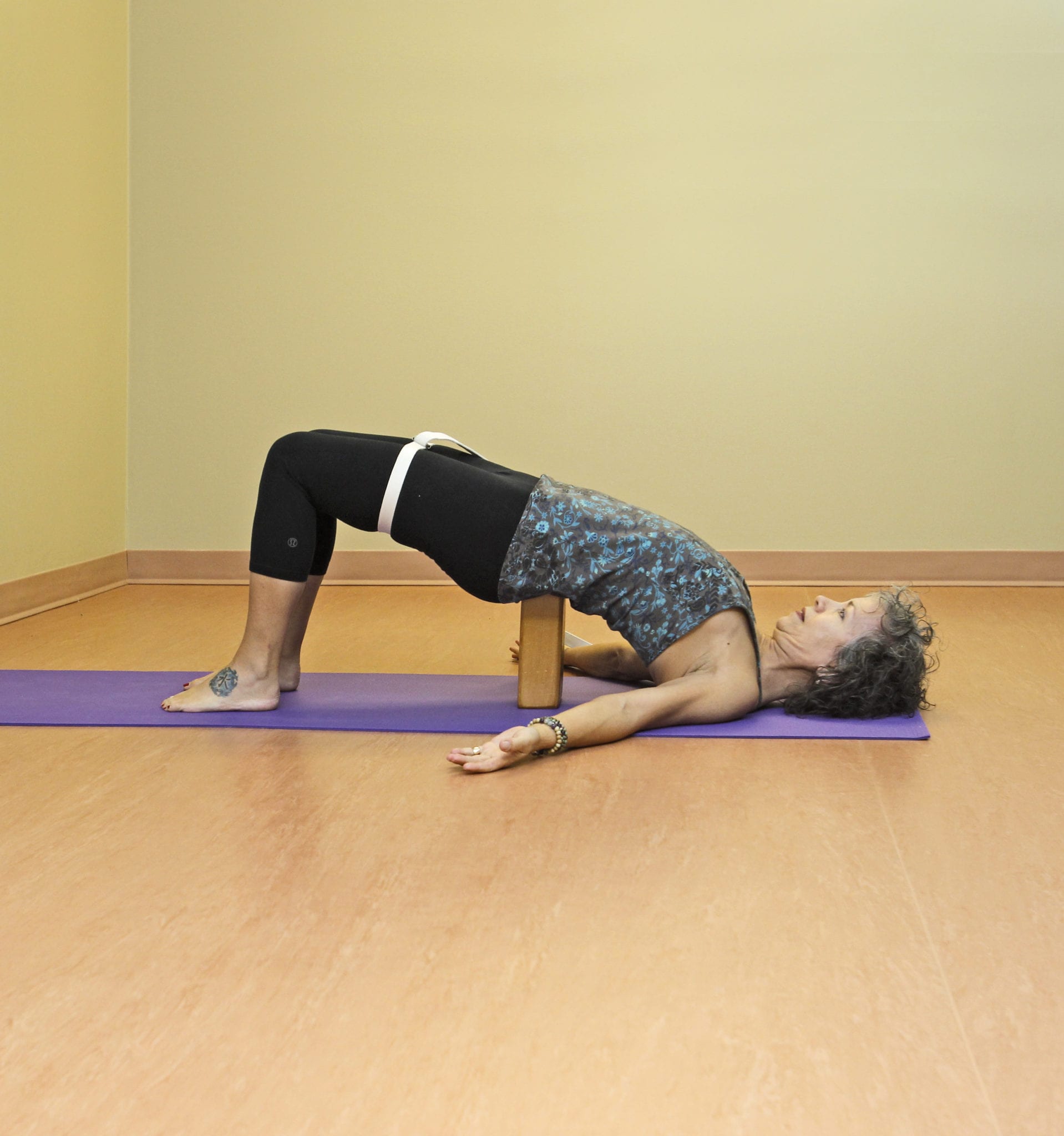Are you aware that you are as young as your spine is flexible? Having healthy posture, that is maintaining the natural “S-shape” of your spine, affects every system of the body including neuromuscular (joints, bones, ligaments, muscles, tendons, nerves), endocrine (pituitary, thyroid, adrenal and other glands), cardiovascular and respiratory. As our bodies age, we tend toward reduced movement, which shortens and rounds our spine. Accordingly, nourishment for the spine comes from putting it through its range of motions — flexion, extension, twisting and side bending — no matter our age.
The psoas are some of the main muscles responsible for flexion, side bending and extension due to their insertion along the length of the lumbar spine. Thus, long and strong psoas support a long and strong spine warding off lower back pain — a top reason for workplace absenteeism. When our natural “S” curve is compromised, it can appear rounded forward from bending over a computer, from warding off the cold, or from feeling ashamed. Alternately, a rigidly straight spine results from constantly defending oneself where an uneven spine may form from scoliosis or carrying heavy objects on one shoulder.
Most of our daily activities require flexion (bending) or twisting; with extension (lengthening) being particularly underdeveloped. Back stretching or gentle backbends lengthen and balance the spine and psoas muscles thereby creating space between the vertebrae and returning youthfulness and mobility to the spine. Use the following action to practice the three extension poses illustrated below.
Action: Lengthen psoas from inner groins 1) down the inner legs into the feet and 2) up both sides of the spine. For advanced practitioners, also broaden the psoas along either side of the pubic bone and feel its slight release inward.

Salamba Dwi Pada Pitham (Supported Wedge pose)
Lie on your back with knees bent, feet pointing forward and hip distance apart. Belt your legs to prevent your knees from wandering outward. Bend your elbows and press into your feet and upper arms to lift your pelvis. Place a block under your sacrum. Complete the action.

Low Lunge
Stand in front of the blanket, step your left foot to the wall and lower your left knee to the blanket. Walk your right foot forward keeping the knee over the ankle. Rest your hands at a comfortable height. As you complete the action, you may find space is created to allow you to move your right foot forward.

Salamba Viparita Dandasana (Supported Inverted Staff pose)
Climb into the chair and sit so with your sit bones are at the back edge of the seat. Straighten and firm your legs by pressing your toe mounds to the wall and heels to the floor. Draw your tailbone toward your heels. Complete the action as you lie back over the chair. Support your head as needed.
For more yoga actions, refer to Creating Space: Yoga Actions for Pelvis & Psoas.






